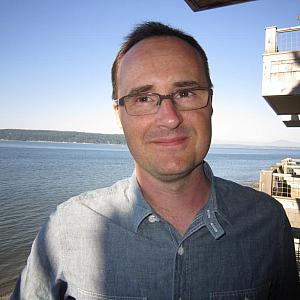
William Heisel
Contributing Editor

Contributing Editor
I have reported on health for most of my career. My work as an investigative reporter at the Los Angeles Times and the Orange County Register exposed problems with the fertility industry, the trade in human body parts and the use of illegal drugs in sports. I helped create a first-of-its-kind report card judging hospitals on a wide array of measures for a story that was a finalist for the Pulitzer Prize. I was one of the lead reporters on a series of stories about lead in candy, a series that also was a finalist for the Pulitzer.For the Center for Health Journalism (previously known as Reporting on Health), I have written about investigative health reporting and occasionally broke news on my column, Antidote. I also was the project editor on the Just One Breath collaborative reporting series. These days, for the University of Washington, I now work as the Executive Director for Insitutue for Health Metrics and Evaluation's Client Services, a social enterprise. You can follow me on Twitter @wheisel.

I first became interested in jail suicides when I was reporting on the state prison in Montana, where I found that murders were quite uncommon inside the prison — but suicides were not.

Your job when using someone as a source is to make sure you're letting your audience know everything about that source that is relevant to that story.

There's most likely a Superfund site near you. Here's why all that nasty toxic waste is ripe for sustained investigative reporting, as contributor Bill Heisel explains.

Journalists should find out whether schools near them are making even a meaningful effort to encourage better eating among their students. Here are some ideas to get started.

It’s exciting to talk about going to jail to protect a source. But it’s much more practical to talk about how you can keep yourself out of court entirely.

The latest outbreak of a drug-resistant bacteria in beef and cheese reminds journalists that the development of antibiotic resistance in animals and humans is now a true health hazard. Here's how to start covering the story near you.

When stories make bold claims about life expectancies chopped by decades or rates of chronic diseases skyrocketing for those with higher scores, they can create heightened anxiety without a real solution.

The recent news that Armstrong’s death in 2012 may have been due to complications from a medical procedure was big news for history buffs, space fans, and investigative reporters. Here's why.

What can you do to make sure you’re not in a position where outing a source is an option?

How can you find out if hospitals or health centers near you are doing enough to ensure good maternal health? Start by pretending you are a first-time mother in crisis.